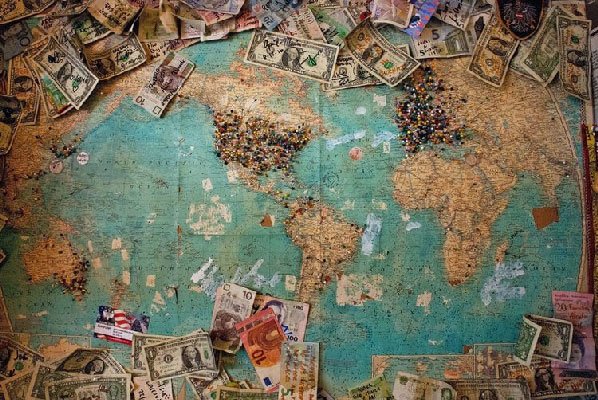Spend With Intention, Travel More
People always want to know how they can find more money to travel. My greatest financial secret is spending with intention. Spending with intention requires that I designate a purpose to each dollar that enters my bank account. Just as important is to know the “why” behind the choice to save or spend each of those dollars. While not flashy, this is the easiest way to start freeing up cash flow and taking more trips.
Here are 5 steps to help you get started with intentional spending today.
Audit your spending
Go through your bank statements and calculate how much you spend on dining/drinking, rent, entertainment, transportation, health insurance, groceries, utilities, clothes, etc.
Your goal is to figure out where you are spending responsibly and to identify red flag areas where you need to reign in your spending.
Red flag areas may be:
Spending more on Ubers and Lyfts than you previously realized and setting a goal to use the Subway and walk more often.
Noticing that you spend a lot on spontaneous meals and snacks because you didn’t plan ahead with food prep or going grocery shopping. Maybe in this case you acknowledge you can’t eliminate this altogether, but you can try to be more aware and cut the cost of eating out by $50-100.
Set and Follow a Budget
Consider what you know about your total monthly spending for each category from the audit and combine this with any red flag areas you noticed. Now assign yourself a spending limit for each category.
Track Your Spending
Options for tracking your spending range from low to high tech. Go old school with cash envelopes labeled for each category of spending. Or try an app like Mint.com or Dollarbird, or keep a running tally in the notes app on your phone. No one right way to do this exists, the right option for you is whichever one works best for you.
Have a Savings Goal
I find that I am most successful at saving and sticking to my budget when I get really clear about my goal and establish a budget for a specific trip. For example, before I went to Italy I did a lot of research to determine just how much money I would need while I was traveling. Having this information meant that in the time leading up to my trip, every opportunity to spend money also became an opportunity to intentionally choose to save for Italy.
I could get that $10 cocktail with dinner, or I could skip it and instead know that $10 could pay for my train ticket from Florence to Pisa.
Give Each Dollar a Purpose
Once you have created your budget, subtract the total from your monthly income. Assuming you have a balance at this point, make a plan for each of those remaining dollars. You may want to put them in to a retirement fund, disperse them between some of the categories you cut back on, put them towards paying off debt, or designate them for travel savings -- whatever you consider to be of most importance, at that time. The goal here is to make sure every dollar of income has a designated purpose, because without a given purpose it will create its own and you won’t even notice it has disappeared.
If you’d like more detail on any of these steps check out my Practical Ways To Save Money guide.


